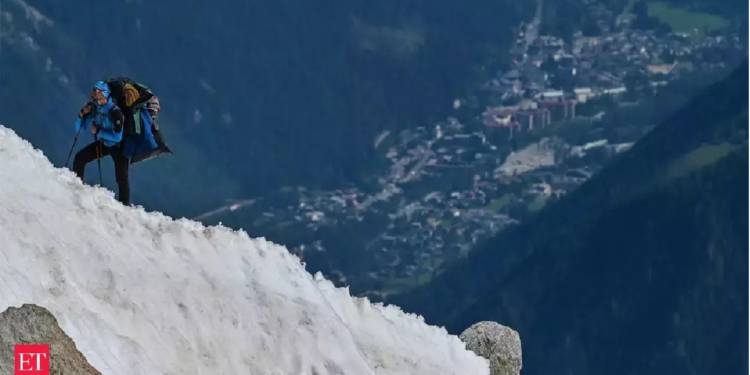In what comes as a shot in the arm for India’s tourism potential, the Modi government has taken a big step by introducing one-month e-visa with flexible charges, as fee for summer months- off season for tourism kept less than rest of the year. Leisure tourists will be charged $10 for a 30 day e-visa between the months of April and May. For rest of the year, the tourists will be charged $25 for an e-visa of the same duration. As of now, India charges & $80-100 for an e-visa on yearly basis for tourists from most countries. The new system is going to offer far more flexibility for the tourists visiting India.
This comes in wake of below par tourism in India in the year 2018 when compared to some other Asian countries. While India attracted 10.5 million overseas tourists last year, Singapore fared much better with 18.5 million overseas tourists and Thailand stood further ahead with 38 million foreign tourists. High visa charges in India are seen as an impediment to foreign tourism in India and therefore the government has taken the big step of introducing one-month e-visa with an aim of making India attractive for tourists and increasing footfall of overseas visitors.
The decision to introduce one-month e-visas for tourists with a flexible fee structure was taken at a recent meeting at the Prime Minister’s Office (PMO). It has also been decided to extend the facility of e-visa from one year as it stands right no to five years. A formal order would be issued upon approval from the Ministry of External Affairs.
Those engaged in the tourism industry have hailed this move as a big push for higher tourist footfall in India. Rajeev Kohli, former vice-president of Indian Association of Tour Operators said, “Countries like Sri Lanka and Thailand have been successful in attracting Indian tourists because of free visas. The government’s decision now signals that India too welcomes tourists.” Dipak Deva, managing director of TCI, Thomas Cook’s inbound travel division also praised this move and said, “It is a fantastic step. With this move India should be able to double its tourist arrivals in next two-three years. The move also benefits standalone destinations like Goa. India has always been a desired destination for foreign tourists but high visa charges made trips to India expensive.”
Modi government has taken another step in line with its big tourism push. It has opened 137 Himalayan peaks for foreigners, including the mighty Kanchenjunga, world’s third highest peak located at a height of 8,589 metre. As of now, the foreigners are required to seek the approval of the defence ministry and the home ministry to climb these peaks. However, with the government taking the big step of opening up these peaks, foreigners can directly apply to the Indian Mountaineering Foundation for permits, making it far more convenient and easier for foreign tourists who are interested in trekking and carrying out expeditions on some of the highest peaks in the world.
The list of peaks include Dunagiri (7,066 m) and Hardeol (7,151 m) in Uttarakhand; Kabru South and North in Sikkim, both of which are at a height of over 7,000 metre; Mount Kailash (6400 m) in Jammu and Kashmir; and Mulkila (6,571 metre) in Himachal Pradesh.
Of the 137 peaks, 51 are in Uttarakhand, 24 in Sikkim, 15 in Jammu and Kashmir, and 47 in Himachal Pradesh.































